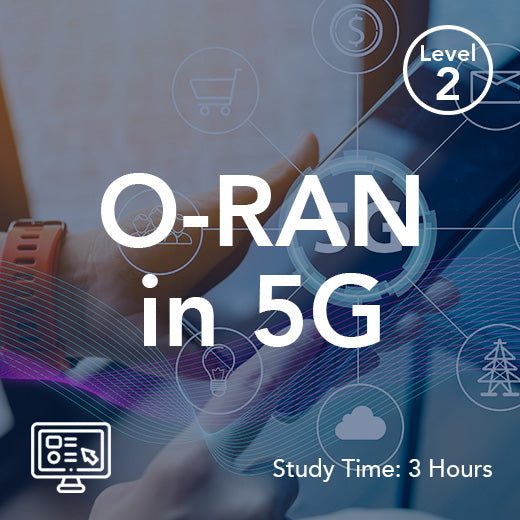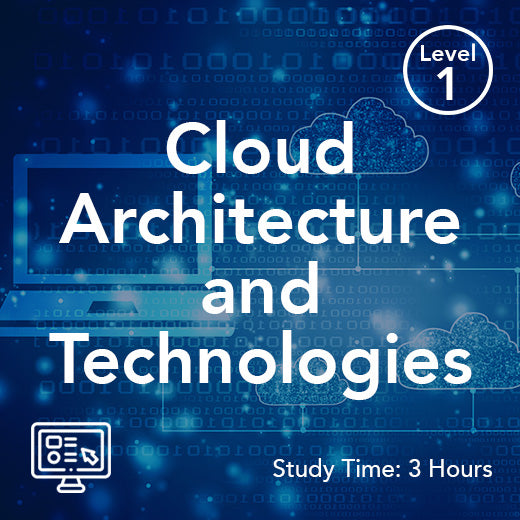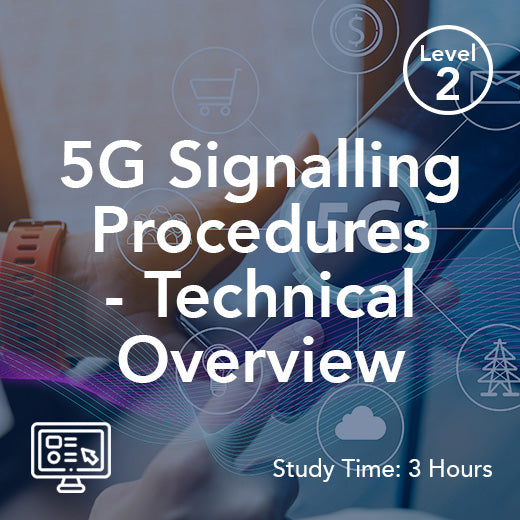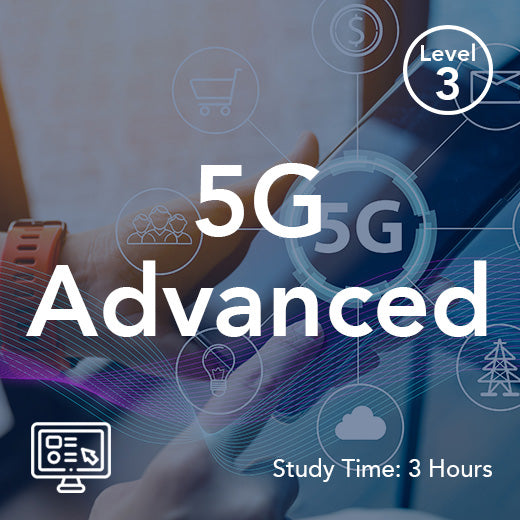Meaning Of CAPIF
- , by Stephanie Burrell
- 3 min reading time
Common API Framework (CAPIF) is a foundational concept within the telecom industry that serves as a unifying structure for application programming interfaces (APIs) across various platforms and services. CAPIF aims to streamline the integration and interoperability of APIs within telecom networks, enabling seamless communication and data exchange between different systems and applications. By providing a standardized framework for API development and deployment, CAPIF helps telecom companies enhance their service offerings, improve operational efficiency, and drive innovation in the rapidly evolving digital landscape. Overall, CAPIF plays a crucial role in shaping the future of telecommunications by facilitating the creation of dynamic, interconnected ecosystems that deliver value to both businesses and consumers.
At the heart of the Common API Framework (CAPIF) is the goal of creating a unified, standardized environment for handling service APIs across telecom networks. This framework enables seamless collaboration between different network functions and third-party applications by offering a consistent method for API discovery, usage, and governance. Through CAPIF, telecom providers can ensure that APIs are accessible, interoperable, and secure, reducing the complexity typically associated with managing large-scale API ecosystems. The CAPIF Common API Framework thus simplifies integration processes, accelerating time-to-market for new services and enhancing the agility of network operations.
Key to the CAPIF architecture are core components such as the API exposing function, API publishing function, and API management function. The API exposing function makes various internal services accessible in a standardized manner, while the API publishing function registers these services in a catalog that can be discovered and used by authorized consumers. Meanwhile, the API management function oversees the lifecycle of APIs, ensuring policy enforcement, security, and usage monitoring. These components work together to ensure that APIs are not only well-defined but also efficiently maintained and scaled according to demand.
Another essential element within this ecosystem is the API invoker, which represents any system or application that consumes the service APIs exposed through CAPIF. The role of the API invoker is increasingly vital in a hyper-connected world where applications rely on real-time access to telecom functionalities—ranging from location services to quality-of-service adjustments. As the number of API invokers grows across sectors like IoT, autonomous systems, and smart cities, the Common API Framework ensures that each request is managed securely and effectively. This alignment of components under CAPIF drives a future-ready infrastructure, positioning telecom operators to thrive in the digital economy.
Common API Framework (CAPIF) is a foundational concept within the telecom industry that serves as a unifying structure for application programming interfaces (APIs) across various platforms and services. CAPIF aims to streamline the integration and interoperability of APIs within telecom networks, enabling seamless communication and data exchange between different systems and applications. By providing a standardized framework for API development and deployment, CAPIF helps telecom companies enhance their service offerings, improve operational efficiency, and drive innovation in the rapidly evolving digital landscape. Overall, CAPIF plays a crucial role in shaping the future of telecommunications by facilitating the creation of dynamic, interconnected ecosystems that deliver value to both businesses and consumers.
At the heart of the Common API Framework (CAPIF) is the goal of creating a unified, standardized environment for handling service APIs across telecom networks. This framework enables seamless collaboration between different network functions and third-party applications by offering a consistent method for API discovery, usage, and governance. Through CAPIF, telecom providers can ensure that APIs are accessible, interoperable, and secure, reducing the complexity typically associated with managing large-scale API ecosystems. The CAPIF Common API Framework thus simplifies integration processes, accelerates time-to-market for new services, and enhances the agility of network operations, while ensuring robust exposure of service APIs through the api exposing function.
Key to the CAPIF architecture are core components such as the api exposing function, api publishing function, and api management function. The api exposing function allows internal network services to be accessed in a secure and standardized manner, supporting seamless interaction with external applications. The api publishing function registers these service APIs into a catalog where authorized users or systems can discover and utilize them. In parallel, the api management function governs the lifecycle of each API, ensuring adherence to security policies, access control, and usage monitoring. Together, these three functions establish a comprehensive framework for efficiently managing and scaling service APIs within modern telecom infrastructures.

































